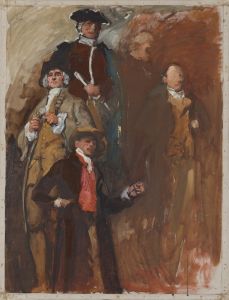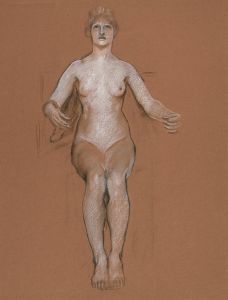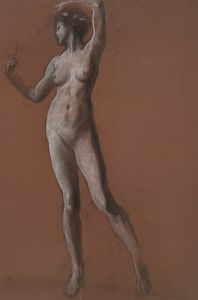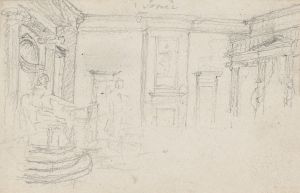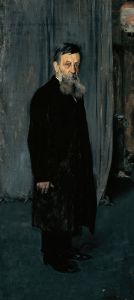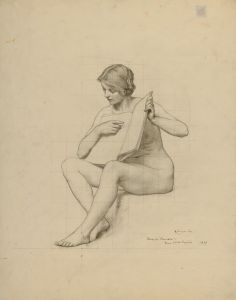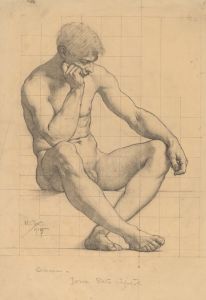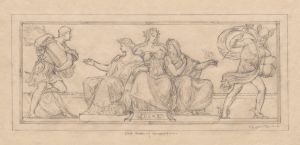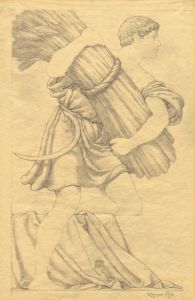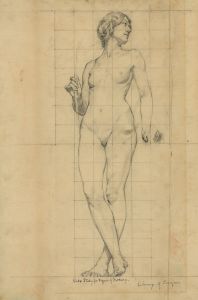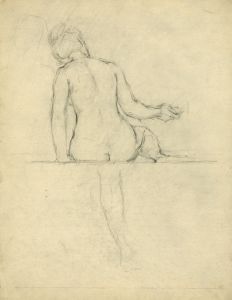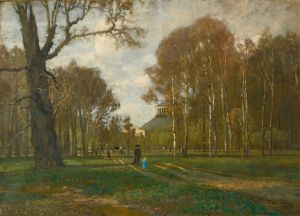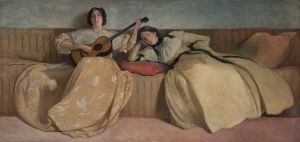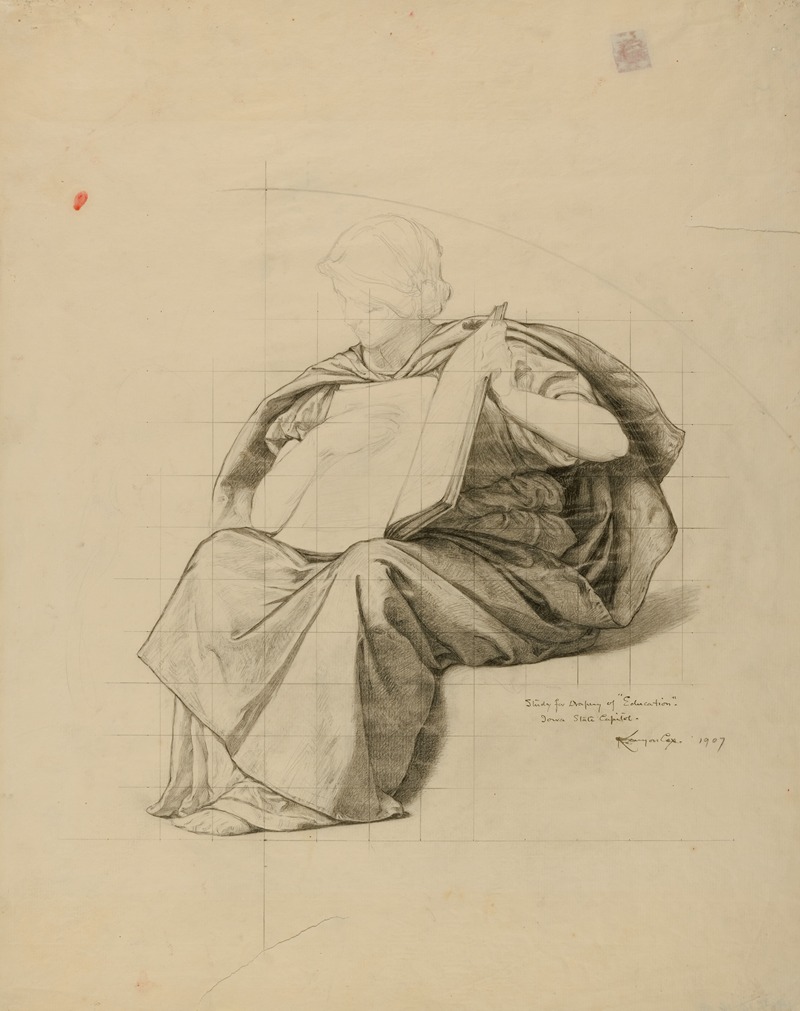
A hand-painted replica of Kenyon Cox’s masterpiece , meticulously crafted by professional artists to capture the true essence of the original. Each piece is created with museum-quality canvas and rare mineral pigments, carefully painted by experienced artists with delicate brushstrokes and rich, layered colors to perfectly recreate the texture of the original artwork. Unlike machine-printed reproductions, this hand-painted version brings the painting to life, infused with the artist’s emotions and skill in every stroke. Whether for personal collection or home decoration, it instantly elevates the artistic atmosphere of any space.
Kenyon Cox was an American painter, illustrator, muralist, writer, and teacher, known for his academic style and contributions to the American art scene in the late 19th and early 20th centuries. Born on October 27, 1856, in Warren, Ohio, Cox was a prominent figure in the art world during his time, and his works often reflected classical themes and techniques.
Cox studied at the McMicken School of Design in Cincinnati before moving to Paris in 1877, where he attended the École des Beaux-Arts. There, he studied under the tutelage of renowned artists such as Jean-Léon Gérôme and Carolus-Duran, which significantly influenced his artistic style. His time in Paris exposed him to the principles of academic art, which emphasized traditional techniques, historical themes, and a focus on the human form.
Upon returning to the United States, Cox settled in New York City, where he became an influential teacher at the Art Students League of New York. His teaching career spanned several decades, during which he mentored many young artists and helped shape the direction of American art. Cox was also a prolific writer, contributing essays and critiques to various art publications, where he advocated for the values of academic art and often critiqued modernist movements.
Cox's paintings are characterized by their classical composition, attention to detail, and often idealized representations of the human figure. He was particularly known for his murals, which adorned many public buildings and institutions. One of his notable mural projects was for the Library of Congress in Washington, D.C., where he contributed to the decoration of the Thomas Jefferson Building. His murals often depicted allegorical and historical themes, reflecting his belief in the educational and moral power of art.
In addition to his murals, Cox produced numerous easel paintings, illustrations, and portraits. His works were exhibited widely during his lifetime, and he was an active member of several art organizations, including the National Academy of Design and the Society of American Artists.
Cox's legacy is also preserved through his writings, which provide insight into his artistic philosophy and the art world of his time. He was a staunch defender of traditional artistic values and often engaged in public debates about the direction of contemporary art. His essays and critiques remain valuable resources for understanding the cultural and artistic context of his era.
Kenyon Cox passed away on March 17, 1919, leaving behind a body of work that continues to be studied and appreciated for its technical skill and adherence to classical ideals. His contributions to American art, both as an artist and educator, have cemented his place in the history of American art.





